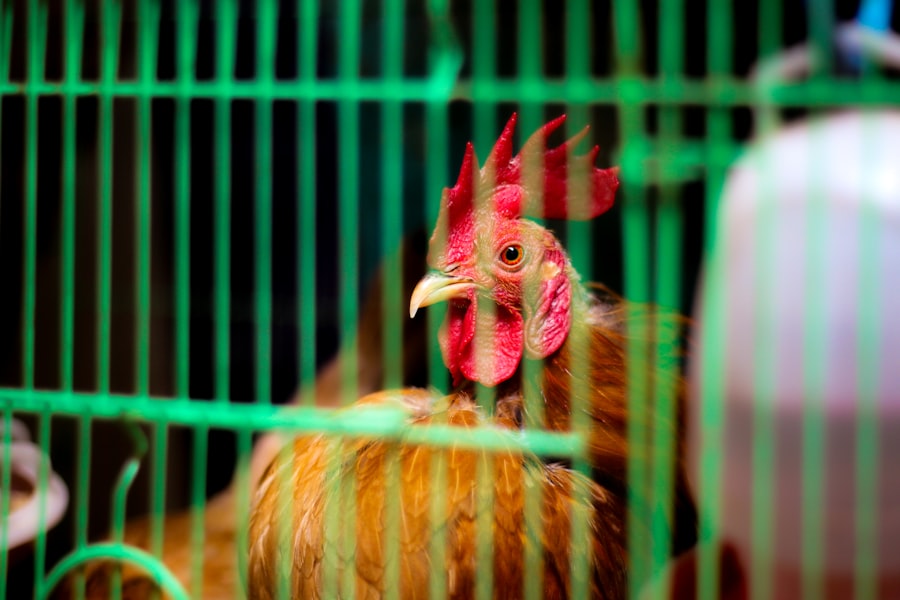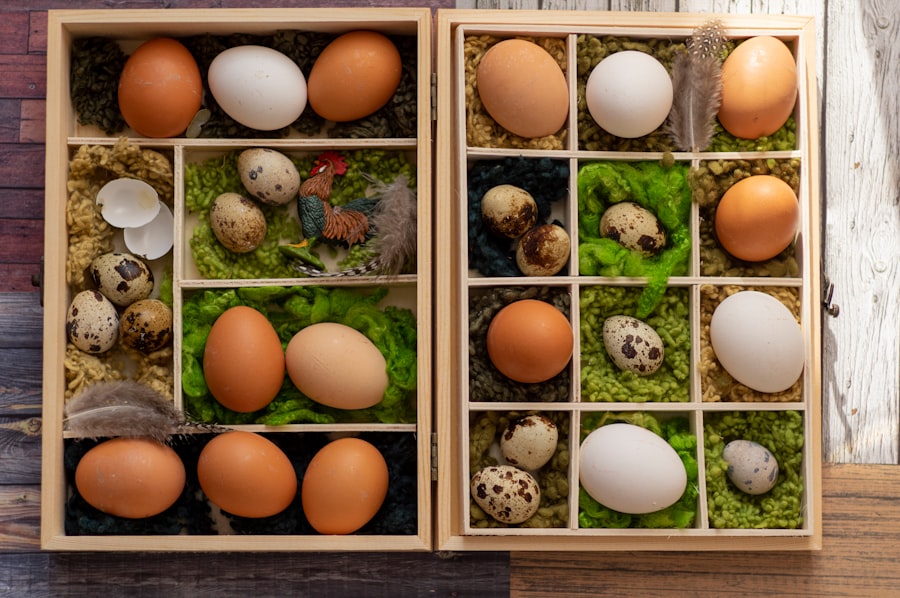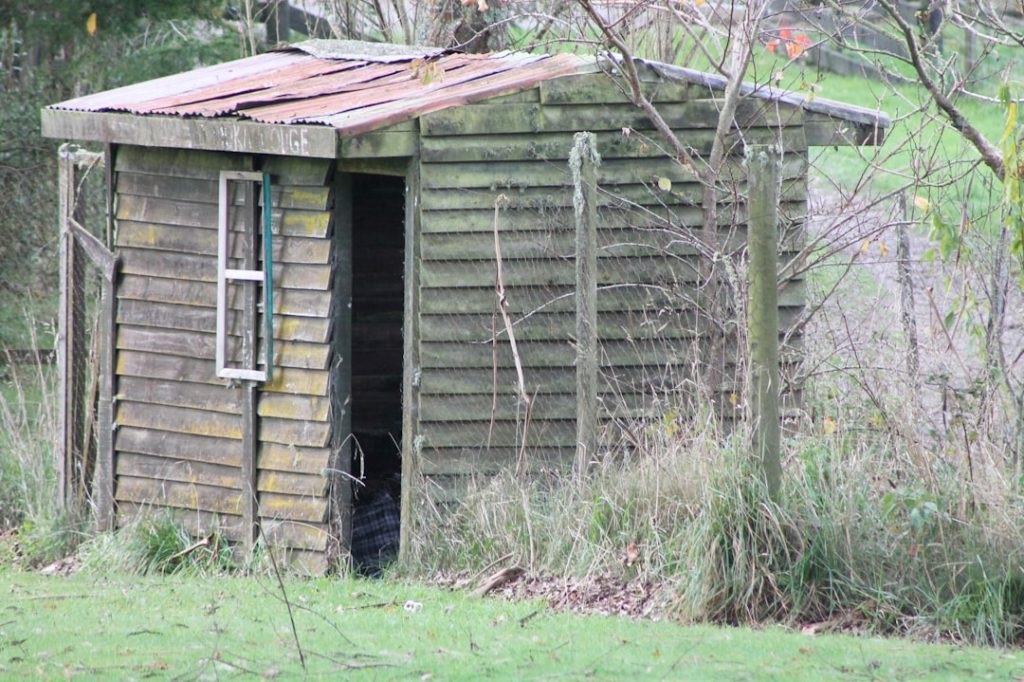Foxes are intelligent and adaptable predators that present a significant risk to chickens. Their stealthy nature and agility enable them to effectively infiltrate chicken coops and enclosures in search of prey. Foxes are known for their persistence and may repeatedly target the same location if successful.
Chickens are inherently vulnerable to fox attacks due to their small size and lack of natural defenses. Their easily startled nature further increases their susceptibility to predation. Chicken owners must be aware of the threat foxes pose to implement appropriate protective measures.
While foxes are a primary concern, other predators such as raccoons, coyotes, and birds of prey also endanger chickens. However, foxes are particularly adept at accessing chicken coops and runs, making them a priority for chicken owners to address. Understanding the various threats to chickens, including foxes and other predators, is essential for developing effective strategies to safeguard the flock.
This knowledge forms the foundation for implementing appropriate security measures and ensuring the safety of chickens.
Table of Contents
- 1 Creating a Secure Coop and Run
- 2 Implementing Deterrents and Repellents
- 3 Utilizing Guard Animals
- 4 Maintaining a Clean and Tidy Environment
- 5 Monitoring and Surveillance
- 6 Seeking Professional Assistance
- 7 FAQs
- 7.1 What are some effective ways to keep foxes away from chickens?
- 7.2 What type of fencing is best for keeping foxes away from chickens?
- 7.3 Are there any natural deterrents that can be used to keep foxes away from chickens?
- 7.4 What should I do if I spot a fox near my chicken coop?
- 7.5 Are there any other predators that I should be concerned about when protecting my chickens?
Key Takeaways
- Foxes pose a significant threat to chickens and their coops
- A secure coop and run are essential for protecting chickens from foxes
- Deterrents and repellents can help keep foxes away from the coop
- Guard animals such as dogs or geese can provide additional protection for chickens
- Regular cleaning and maintenance of the coop and run are crucial for preventing fox attacks
- Monitoring and surveillance can help identify potential threats and take necessary action
- Professional assistance may be necessary for implementing advanced security measures and addressing persistent fox problems
Creating a Secure Coop and Run
Building a Secure Coop and Run
One of the most effective ways to protect chickens from foxes is by creating a secure coop and run. This involves using sturdy materials such as hardware cloth or welded wire to construct the coop and run, ensuring that there are no weak spots or gaps that predators can exploit. Additionally, it is important to bury the wire at least 12 inches into the ground to prevent predators from digging underneath the enclosure.
Securing the Coop and Run
The coop should also have a secure locking mechanism on the doors and windows to prevent foxes from gaining access. It is important to regularly inspect the coop and run for any signs of wear or damage, and make repairs as needed to maintain its security.
Regular Maintenance and Inspections
Regular inspections of the coop and run should be conducted to check for any signs of wear or damage, and repairs should be made as needed to maintain its security. By creating a secure coop and run, chicken owners can significantly reduce the risk of fox attacks and provide a safe environment for their flock.
The Importance of a Secure Coop and Run
Creating a secure coop and run is essential for protecting chickens from fox attacks. By following these guidelines, chicken owners can provide a safe and secure environment for their flock, reducing the risk of fox attacks and ensuring the health and well-being of their chickens.
Implementing Deterrents and Repellents

In addition to creating a secure coop and run, chicken owners can also implement deterrents and repellents to discourage foxes from approaching their property. This can include using motion-activated lights or sprinkler systems to startle and deter foxes from entering the area. Additionally, there are commercial repellents available that can be used around the perimeter of the coop and run to create a barrier that foxes will avoid.
Another effective deterrent is the use of noise-making devices such as radios or ultrasonic repellers that emit high-frequency sounds that are unpleasant for foxes. These devices can be placed near the coop and run to create a hostile environment for predators. By implementing deterrents and repellents, chicken owners can make their property less appealing to foxes and reduce the likelihood of an attack on their flock.
In addition to creating a secure coop and run, chicken owners can also implement deterrents and repellents to discourage foxes from approaching their property. This can include using motion-activated lights or sprinkler systems to startle and deter foxes from entering the area. Additionally, there are commercial repellents available that can be used around the perimeter of the coop and run to create a barrier that foxes will avoid.
Another effective deterrent is the use of noise-making devices such as radios or ultrasonic repellers that emit high-frequency sounds that are unpleasant for foxes. These devices can be placed near the coop and run to create a hostile environment for predators. By implementing deterrents and repellents, chicken owners can make their property less appealing to foxes and reduce the likelihood of an attack on their flock.
Utilizing Guard Animals
Another effective way to protect chickens from foxes is by utilizing guard animals such as dogs or geese. Dogs are natural predators of foxes and can provide an added layer of protection for the flock. They can be trained to patrol the perimeter of the property and deter any potential threats from approaching.
Geese are also effective guard animals as they are territorial and will aggressively defend their territory against intruders. Their loud honking can alert chicken owners to the presence of predators, giving them time to intervene and protect their flock. By utilizing guard animals, chicken owners can significantly reduce the risk of fox attacks and provide an extra level of security for their chickens.
Utilizing guard animals such as dogs or geese is an effective way to protect chickens from fox attacks. Dogs are natural predators of foxes and can provide an added layer of protection for the flock. They can be trained to patrol the perimeter of the property and deter any potential threats from approaching.
Geese are also effective guard animals as they are territorial and will aggressively defend their territory against intruders. Their loud honking can alert chicken owners to the presence of predators, giving them time to intervene and protect their flock. By utilizing guard animals, chicken owners can significantly reduce the risk of fox attacks and provide an extra level of security for their chickens.
Maintaining a Clean and Tidy Environment
Maintaining a clean and tidy environment is essential for protecting chickens from fox attacks. This includes regularly removing any food scraps or spilled feed from the coop and run, as these can attract foxes looking for an easy meal. It is also important to keep the area around the coop free from tall grass or dense vegetation where predators can hide.
Additionally, keeping the coop clean and free from debris will help reduce the risk of attracting rodents, which can in turn attract foxes looking for prey. By maintaining a clean and tidy environment, chicken owners can minimize the risk of attracting foxes to their property and provide a safer space for their flock. Maintaining a clean and tidy environment is essential for protecting chickens from fox attacks.
This includes regularly removing any food scraps or spilled feed from the coop and run, as these can attract foxes looking for an easy meal. It is also important to keep the area around the coop free from tall grass or dense vegetation where predators can hide. Additionally, keeping the coop clean and free from debris will help reduce the risk of attracting rodents, which can in turn attract foxes looking for prey.
By maintaining a clean and tidy environment, chicken owners can minimize the risk of attracting foxes to their property and provide a safer space for their flock.
Monitoring and Surveillance

Detecting Fox Activity
Regular monitoring and surveillance of the property is crucial for detecting any signs of fox activity and preventing potential attacks on the flock. This can include using trail cameras or setting up motion-activated sensors around the coop and run to alert chicken owners to any intruders.
Peak Fox Activity Periods
Additionally, it is important to be vigilant during dawn and dusk when foxes are most active, as well as during breeding season when they may be more aggressive in seeking out food sources.
Staying Proactive
By maintaining regular monitoring and surveillance of the property, chicken owners can stay one step ahead of potential threats and take proactive measures to protect their flock.
Seeking Professional Assistance
In some cases, despite best efforts, fox attacks may still occur, leading chicken owners to seek professional assistance in dealing with the issue. This can include contacting local wildlife authorities or pest control services that specialize in dealing with predator threats. Professional assistance may involve setting traps or using humane deterrent methods to remove problem foxes from the area.
It may also involve seeking advice on additional measures that can be taken to further secure the property against future attacks. By seeking professional assistance, chicken owners can gain valuable expertise in dealing with predator threats and protecting their flock. In some cases, despite best efforts, fox attacks may still occur, leading chicken owners to seek professional assistance in dealing with the issue.
This can include contacting local wildlife authorities or pest control services that specialize in dealing with predator threats. Professional assistance may involve setting traps or using humane deterrent methods to remove problem foxes from the area. It may also involve seeking advice on additional measures that can be taken to further secure the property against future attacks.
By seeking professional assistance, chicken owners can gain valuable expertise in dealing with predator threats and protecting their flock. In conclusion, protecting chickens from fox attacks requires a multi-faceted approach that includes understanding the threat posed by predators, creating a secure environment, implementing deterrents, utilizing guard animals, maintaining cleanliness, monitoring for signs of activity, and seeking professional assistance when needed. By taking these proactive measures, chicken owners can significantly reduce the risk of fox attacks on their flock and provide a safe and secure environment for their chickens.
If you’re looking for ways to keep foxes away from your chickens, you may also be interested in learning about the benefits of having a secure chicken coop. Check out this article on garden chicken coops to find out how to create a safe and comfortable environment for your poultry.
FAQs
What are some effective ways to keep foxes away from chickens?
Some effective ways to keep foxes away from chickens include installing secure fencing, using motion-activated lights or sprinklers, keeping a guard animal such as a dog, and using scent deterrents like predator urine.
What type of fencing is best for keeping foxes away from chickens?
The best type of fencing for keeping foxes away from chickens is a sturdy wire mesh fence that is buried at least 12 inches underground and extends at least 6 feet above ground. This will prevent foxes from digging under or climbing over the fence.
Are there any natural deterrents that can be used to keep foxes away from chickens?
Yes, there are natural deterrents that can be used to keep foxes away from chickens. Some examples include spreading predator urine around the perimeter of the chicken coop, using strong-smelling plants like lavender or mint, and keeping a guard animal such as a dog.
What should I do if I spot a fox near my chicken coop?
If you spot a fox near your chicken coop, it’s important to act quickly to protect your chickens. You can scare the fox away by making loud noises, using motion-activated lights or sprinklers, or even using a water hose to spray the fox.
Are there any other predators that I should be concerned about when protecting my chickens?
Yes, in addition to foxes, other predators that may pose a threat to chickens include raccoons, coyotes, hawks, and owls. It’s important to take measures to protect your chickens from all potential predators.
Meet Walter, the feathered-friend fanatic of Florida! Nestled in the sunshine state, Walter struts through life with his feathered companions, clucking his way to happiness. With a coop that’s fancier than a five-star hotel, he’s the Don Juan of the chicken world. When he’s not teaching his hens to do the cha-cha, you’ll find him in a heated debate with his prized rooster, Sir Clucks-a-Lot. Walter’s poultry passion is no yolk; he’s the sunny-side-up guy you never knew you needed in your flock of friends!







